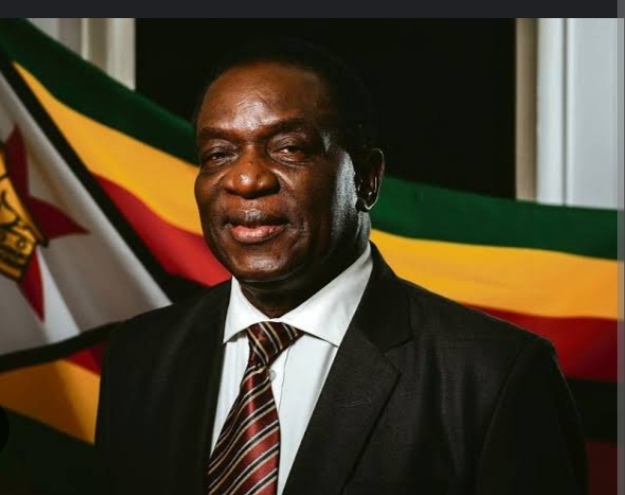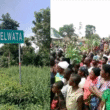In a dire announcement, the Zimbabwean government has warned that approximately 2.7 million people are at risk of hunger this year due to heavy drought wreaking havoc on agricultural yields.
The effects are palpable in villages like Buhera, where residents gather, hoping for essential provisions of grains, peas, and cooking oil, courtesy of aid efforts.
“We are grateful, but the food will only be enough for one month,” expressed Mushaikwa, 71, as she departed with her ration, lamenting the plight of her wilted crops.
This crisis traces its roots back to the tumultuous land seizures initiated by former President Robert Mugabe in 2000, disrupting Zimbabwe’s once-thriving agricultural sector and forcing many into dependence on external assistance.
The current predicament is exacerbated by the El Nino drought, a recurring weather phenomenon characterized by altered wind patterns and warmer ocean temperatures in the Pacific. This year’s El Nino has particularly ravaged southern African nations, including Zimbabwe, amplifying the struggle for sustenance.
With maize production, the country’s staple crop, expected to plummet by half to 1.1 million tonnes, the government is contemplating declaring a state of emergency.
Christine Mendes, acting country director of the World Food Programme (WFP), highlighted the grim reality on the ground, emphasizing the urgent need for additional resources to alleviate the burgeoning crisis.
Despite efforts by organizations like the WFP, which has assisted over 270,000 individuals in drought-prone districts, more support is imperative to mitigate the suffering.
The situation underscores the profound impact of natural disasters on vulnerable communities and the necessity for swift and robust intervention.

Zimbabwean President, Emmerson Dambudzo Mnangagwa
Meanwhile, in a separate development, the African Development Bank’s initiative to compensate white farmers, who had their land seized by Zimbabwe’s government, with $3.5 billion in financial instruments in 2023, adds a layer of complexity to the country’s agricultural landscape.








![Jake Paul Defeats Mike Tyson in An Alleged "Underwhelming" Boxing Showdown [VIDEO] Jake Paul Defeats Mike Tyson in Underwhelming Boxing Showdown](https://reportafrique.com/wp-content/uploads/2024/11/images-40-260x195.jpeg)
Join our Channel...